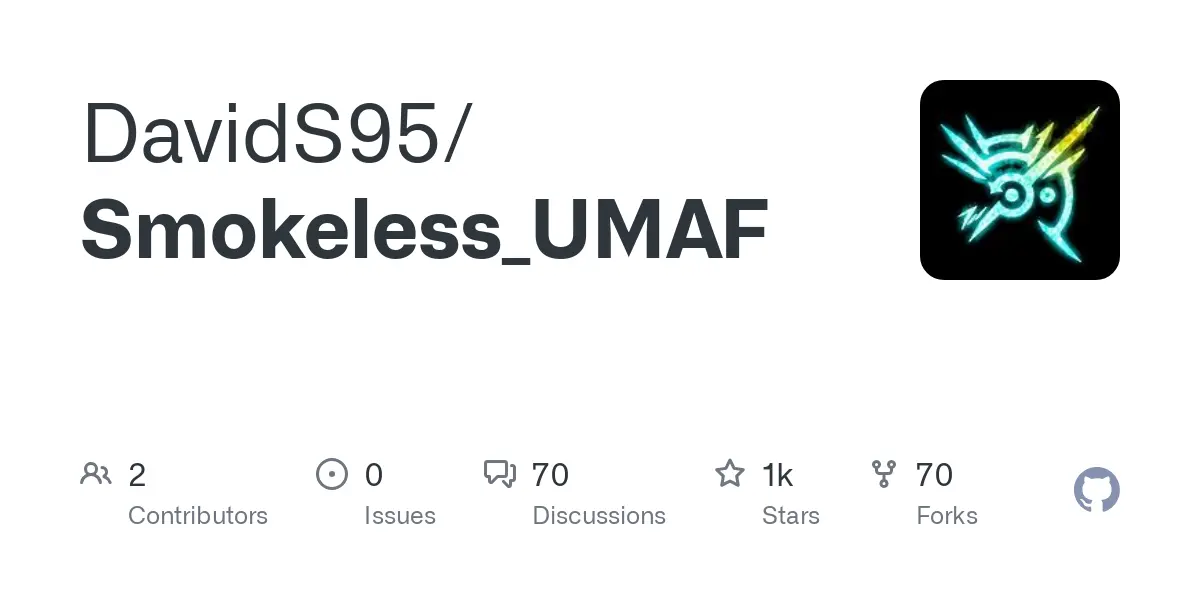- 4 Posts
- 48 Comments
I’ve been using wayland on my laptop somce the new year and beyond some driver issues that were purely on AMD’s side (and not entirely Wayland exclusive either) I’ve had no problems.
Stuff like application scaling works so much nicer on Wayland, and X11 just wasn’t very stable when handling fullscreen games to the point where I’d set games to borderless or even windowed mode to stop it crapping out on alt-tab
I sympathise with the dude dev but corporate loves corporate; I dont think the project is going to attract much funding if it’s purely a ‘libre’ fork.

 1·7 months ago
1·7 months agoYeah most Christians in the countries that matter are more hateful of Arabs and muslims than they are hateful of repression against Christians

 122·7 months ago
122·7 months agoThey straight up annihilated almost every last Christian from Gaza and it didn’t stir but a mild condemnation from the Anglican church. I doubt they’d complain if Israel barred christian pilgrims from Jerusalem tomorrow

 3·7 months ago
3·7 months agoFWIW Flatpak also does it automated, but as others said they manually verify new entries, and since it’s such a widely adopted standard there’s less opportunity to name-squat a popular app that isn’t already available.
I don’t know what flatpak does to stop, say, someone releasing a legit/dummy app to pass manual verification before replacing it with a malicious app and a new name, so can’t comment on how effective their security is beyond the initial release
Pop is X11 by default. I think you can get Wayland up since its just GNOME but idk
X11 is pretty janky regarding fractional scaling across multiple monitors. This should be improved when Pop!OS upgrades to CosmicDE which uses Wayland by fefault.

 10·7 months ago
10·7 months agoNope. It’s automated and doesnt detect malicious name-squatting (what caused the last security drama within snap)
Doesn’t help that unlike flatpak, snaps are pretty much exclusively used on Ubuntu so many Devs won’t bother porting their apps to it so snaps are rife with dodgy repacked apps and people squatting official names of popular flatpak apps

 31·7 months ago
31·7 months agodeleted by creator
What is it that makes a distro ISO so small? Or maybe a better way of putting it: How come a Linux ISO can be multiple gigabytes in size?
I get the price premium, but they refuse to sell a lower tier motherboard (i3/ryzen 3) so you gotta splash out 1k+.
guess the intention is to get 2nd hand boards but they’re still quite pricey since it’s so new
VanillaOS really is, imo a “next gen” linux distro. Look forward to seeing how they get on!

 1·8 months ago
1·8 months agonix is a “native” packaging format. Apps are compiled for your host OS and run in that environment with no restrictions, for better or worse.
Flatpaks are containers. They provide a virtual OS to the application such as the file system, and accessing host OS features is done through “portals” which just means you can give/revoke the ability of the app to access your host OS resources such as networking, file access etc.
Flatpaks are therefore much safer in theory. But Nix packages are lower overhead, and can interact like any built-in software binary that you’d have when you spin up a fresh install of, say, debian.
Nix packages are harder to use IMO thanks to their poor documentation and lack of GUI package manager support (not that it’s impossible, just that it’s been a niche system for most of its life) and since most people are accustomed to flatpaks and their permissions system (and the fact it comes preinstalled on most distros) so flatpak is still pretty ubiquitous, even for NIxOS users
the Chrultrabook project is what youll wanna look into, but basically yes. You can reliably get new-ish hardware very cheaply and flash FOSS stuff like Coreboot onto it.
No idea why tbh. The equivalent laptops outside of ChromeOS’ ecosystem are usually much more locked down, to the point where the most powerful systems you’ll find being able to run Coreboot are decades-old thinkpads on 3rd gen mobile i5 and Kepler mGPUs.
This is only correct when the software in question isnt abandonware from 2014
queen behaviour
Mint to Manjaro so you can still claim you’re on arch btw but cling onto your sanity until Manjaro devs inevitability break something
or a Pop!/Mint/Neon ;^}


This is a regular occurrence and honestly we need to stop recommending dual boot. Use separate drives if you need to, but sharing the same drive is destined to brick something